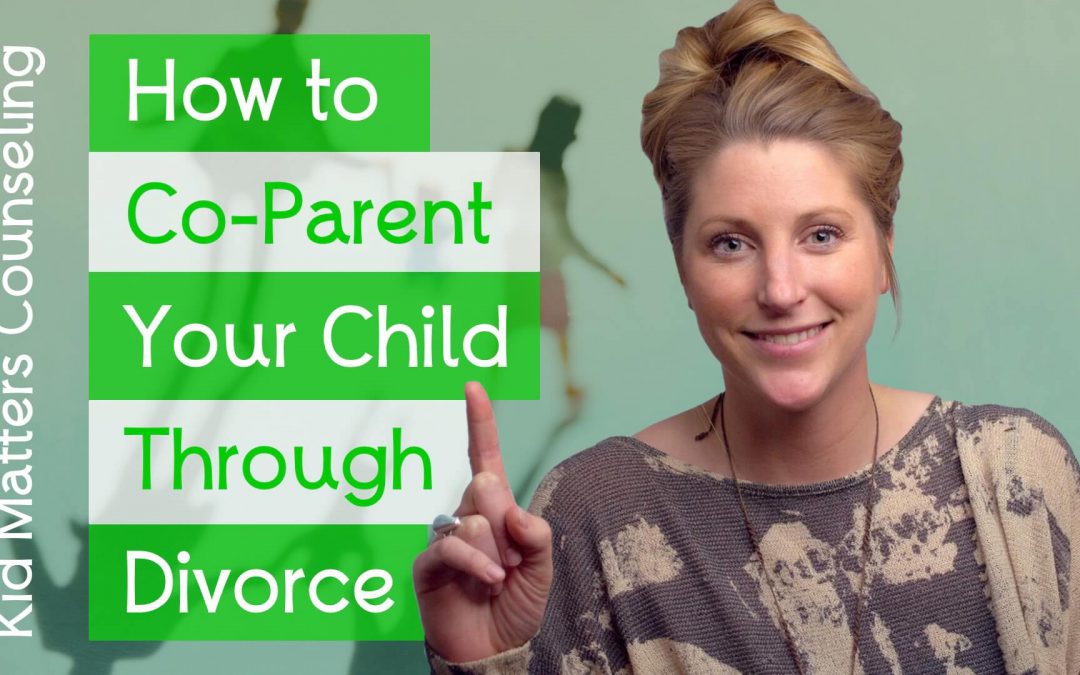Divorce is never easy.
Divorce is a trauma for everyone involved, including the children. Co-parenting can be difficult because it is a new way of communicating and being in a new relationship with your former spouse. Unfortunately, when co-parenting does not exist it can be problematic for children.
The good news is, it does not have to be toxic. You can still create healthy, thriving children by modeling how to work with someone you do not always agree with.
Co-parenting can be the foundation for your children’s success in developing healthy relationships with others. And setting aside your painful loss can be enough to help you be an effective co-parent.
Here are 3 tips to keep in mind when co-parenting in a divorced relationship:
Tip # 1: Remain Neutral
Children are most likely going to ask questions such as, “Why doesn’t Mom live with us anymore?” or, “Why are you and Dad not together?”
Regardless of the reason for the divorce, or if you feel the other parent is at fault somehow, it is best not to share your complaints about your former spouse with your children.
This can be phrased as, “Your mother and I work better when we do not live together.” Or, “Your father and I did not agree on certain things which is why we are separated now, but we will always work together to help you be the best YOU!”
Tip # 2 Create a Consistent Schedule
Having to live in two different homes can be a difficult adjustment for kids. Creating a consistent schedule that both parents implement can help a child feel emotionally safe. A consistent routine and structure can alleviate a child’s anxiety or grief during the transition.
Children need structure and they need predictability.
Let’s use bedtime for example. An important structure would be to set bedtime at 8pm for both households. Or not allowing video games after dinner, but only when they get home from school.
If this is not possible due to disagreements of parenting methods and schedule, then a consistent way of sharing your schedule for that time with the Child can be helpful as well.
For instance, if your co-parent is not willing to communicate, at least you can keep your parenting practices consistent. Like transition rituals that you and your child do after they get picked up to go to their second home.
Tip # 3 Use Supportive Language for the Other Parent
Children often get the feeling that they cannot talk about one parent while in the care of the other parent.
To reduce the need for a child to keep things from you while at the other parent’s house, you can discuss the other parent openly. The father, for example, can say, “Since we did this fun activity together, I will tell your mom so you can do this with her too!”
Or if a child is having certain negative behaviors at one house, the other parent can talk about it with them. For example, “I am wondering about the big feeling that happened when with Dad. How can we help you?”
Showing the support for the other parent instills the idea that the parents are working together and modeling how separation can be healthy as opposed to damaging.
Divorce can be a very painful experience to navigate. Remember that children learn from the example that you set even when you are no longer together. Divorce may mean that the parents are no longer in a romantic relationship, but it does not mean that they are not working together.
As difficult as it is, co-parenting can really help your child during this tough transition, and it can help develop secure confident children.

Carly Schrimpl
Child Therapist | LCSW
I believe that you are enough for your child and you are not alone in this journey. I’ve helped 100’s of children and caregivers learn ways to work through anxiety, loss, traumatic events, and anger.
New Clients Call: (855) 586-1802
Current Clients: (855) 543-7687
Ask Us Anything!
We help anxious kids and frustrated parents. We serve Hinsdale & the Western Suburbs of Chicago.
Made with ♥︎ in Hinsdale, Illinois for Chicago
Built By Brand Your Practice.
Kid Matters Counseling, P.C. DISCLAIMER: This website and blog are for informational, educational and general discussion purposes only. It is understood that no guarantee or warranty arises from the information provided, discussed or commented upon in this website and blog nor does it constitute legal or other professional advice on any subject matter. Access to this website and blog is voluntary and at the sole risk of the user. If you think that you have a medical emergency (including clinical), call your doctor or 911 immediately. A licensed medical professional should be consulted for diagnosis and treatment of any and all medical conditions. While the information contained within this website and blog is periodically updated, no guarantee is given that the information provided is correct, complete, and/or up-to-date. See our complete Privacy Policy and Terms of Service.





